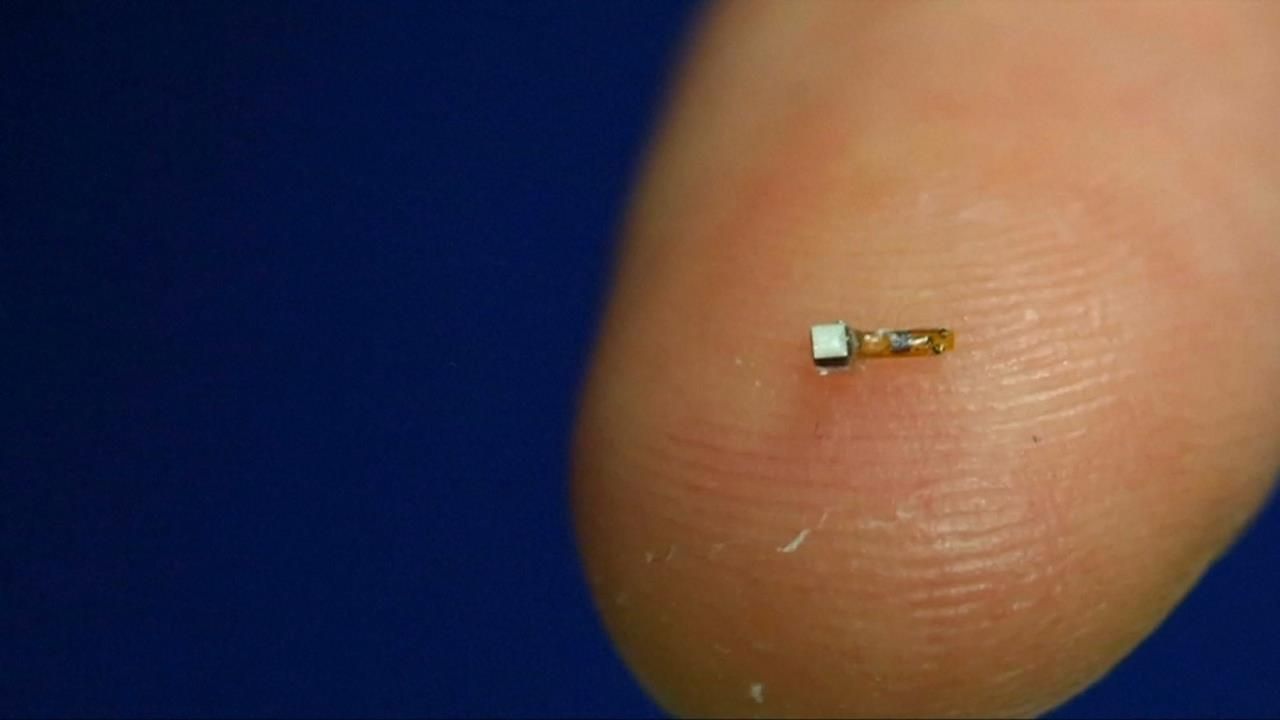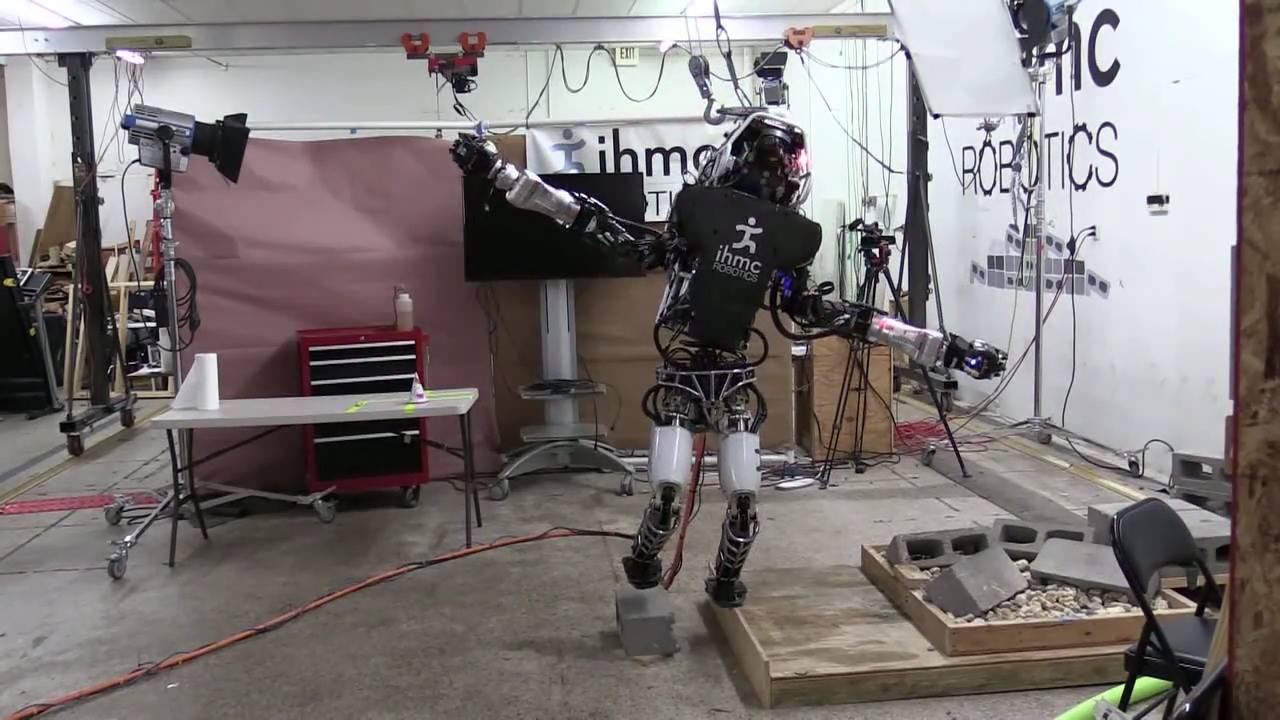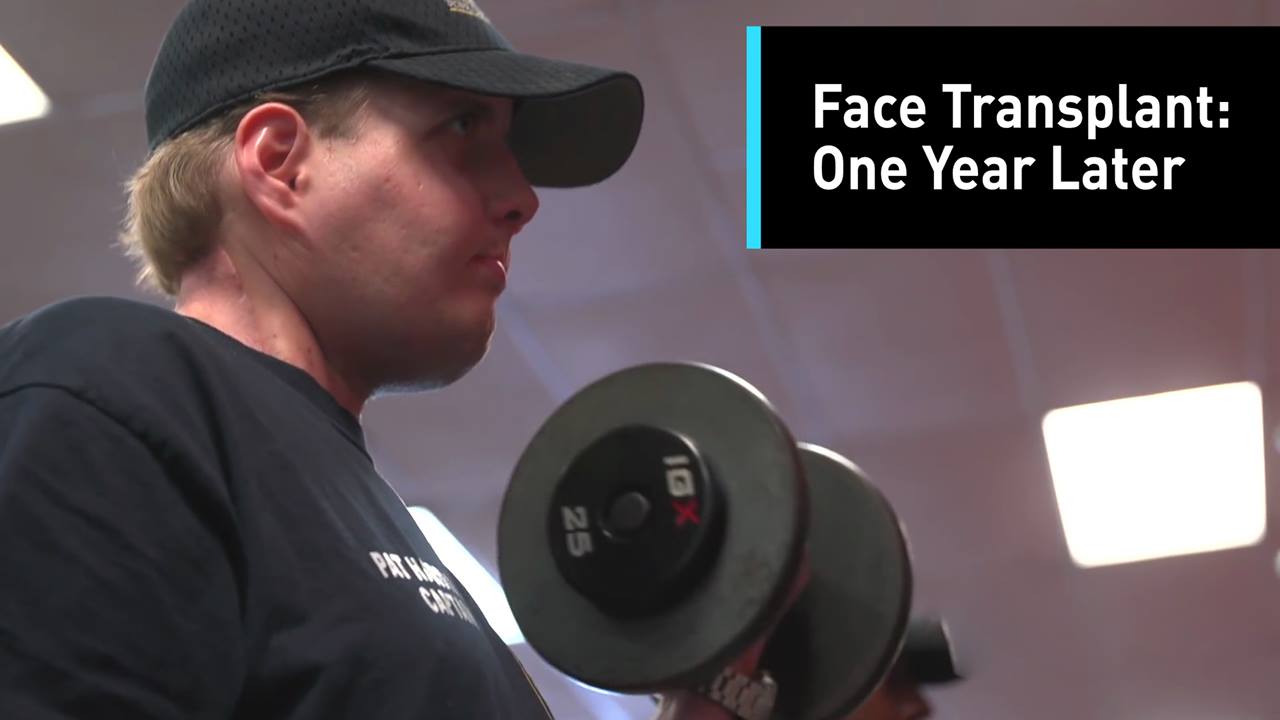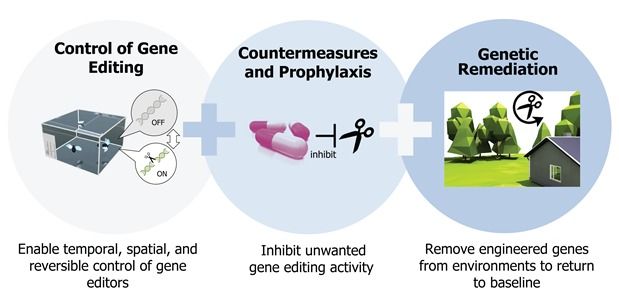“The founder of spaceflight company Blue Origin announced Monday the design of an orbital rocket called New Glenn.”
Want to know what it looks like to travel at the speed of sound…in a windowless pod? Well, here you go.
What would it be like to ride on the Hyperloop—the 700 mph (1,100 km/h) propulsion-driven transportation of the future?
In the video below from Hyperloop Transportation Technologies, you can see how it would look to ride in a windowless pod that is zooming through an airless tube and carrying passengers at the speed of sound (or really close to it).
Loren Grush on Twitter
Posted in space
Turing Robot Industries (TRI) has huge plans regarding its new phone. The third in the series phone, has such high-tech plans lined up for it that these plans itself make you cringe on the grounds of practicality and reality. The plans of the company for this phone include an 18 GB RAM, three Snapdragon 830’s, 6.4-inch 4K display, 1.2 TB storage 60MP iMAX 6K Quad Rear Camera Triplet Lens at f/1.2, and a 20MP front camera.
It will have 4G VoLTE enabled 4 Nano SIMs, support Parallel Tracking and Mapping API. This entire package will be powered by a 120wh battery which will also use a triple power source. This would be in the form of a supercooled 3,600mAh graphene battery and a pair of 2,600mAh Li-Ion Hydrogen Fuel cells powering your device (and maybe also your home).
The Safe Genes program could help unlock the potential of advanced gene editing technologies by developing a set of tools to address potential risks of this rapidly advancing field. The Safe Genes program envisions addressing key safety gaps by using those tools to restrict or reverse the propagation of engineered genetic constructs.
“Gene editing holds incredible promise to advance the biological sciences, but right now responsible actors are constrained by the number of unknowns and a lack of controls,” said Renee Wegrzyn, DARPA program manager. “DARPA wants to develop controls for gene editing and derivative technologies to support responsible research and defend against irresponsible actors who might intentionally or accidentally release modified organisms.”









